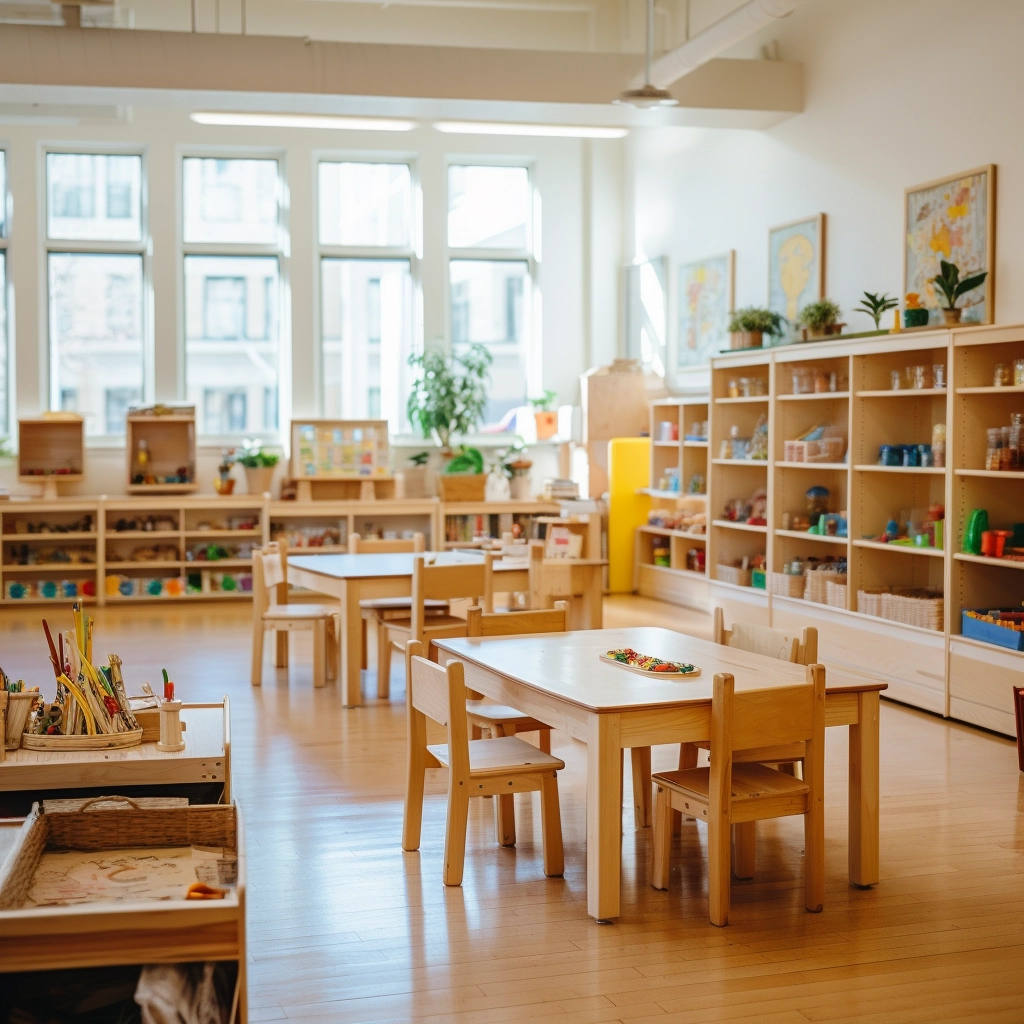Do you often find yourself searching for supplies during lessons? Are you struggling to manage classroom clutter? Is your current setup draining your energy instead of boosting your teaching flow? Classroom organization can often feel like a never-ending battle, especially when juggling lesson plans, student needs, and administrative tasks. A disorganized space leads to wasted time, frustrated students, and reduced teaching effectiveness.
The good news! 😉There are more innovative ways to manage your environment. With the proper classroom organization strategies, chaos can be transformed into calm. More than just creating a tidy space, effective organization establishes clear routines, improves time management, and supports student independence. A well-structured environment allows teachers and learners to stay focused, making daily operations smoother and instruction more impactful.
In this article, I’ll share my top classroom organization hacks, which will simplify your daily routine and empower your students to thrive in a structured and supportive environment. Let’s dive into the tools, layouts, and ideas that will completely change how your classroom works.

How Does Classroom Organization Affect Learning?
As education expert and 13-year veteran teacher Brittany Collins puts it: “Classroom organization isn’t just for you, the teacher. It’s also for your students—to help them find what they need, when they need it.” That simple idea lies at the core of what makes classroom organization so important. When students know exactly where their clipboards, pencils, or headphones are, they don’t waste learning time searching. And when they know where things belong, they also learn to take responsibility for returning them. That structure supports independence, minimizes distractions, and keeps the space focused on learning.
A cluttered classroom often leads to mental clutter. Well-organized environments make students feel secure, especially in early childhood education settings. When routines are clear and materials are accessible, children can settle into learning more quickly. In contrast, a disorganized or chaotic classroom increases cognitive load, making it harder for young learners to focus, follow directions, or feel emotionally safe.
Classroom organization also affects academic performance. Structured environments promote smoother transitions between activities, reduce time lost during lessons, and support clearer classroom management. When students find what they need quickly, teachers can focus on instruction instead of constant redirection. Tools like classroom supply organizers, student mailboxes, and clear classroom library organization systems help create this flow. These aren’t just cosmetic improvements; they shape how the entire classroom functions.
Whether you teach kindergarten or daycare, having a plan for storing, accessing, and rotating materials is essential. The more structured your physical space, the more effective your instructional space becomes.
24 Classroom Organization Tips
Effective classroom organization starts with intention and a bit of creativity. The best organization systems don’t just reduce clutter; they enhance teaching and empower students to be more self-reliant. Here are some practical, easy-to-implement classroom organization ideas designed to create smoother days for teachers and students.
1. Sort Your Drawers
A successful classroom organization strategy begins with planning for every student, including those who finish tasks early. Fast finisher drawers are a simple yet effective method to maintain order and maximize productivity. Set up a system of clearly labeled drawers that students can access independently when they complete their assignments. Each drawer can contain meaningful extension activities such as puzzles, handwriting sheets, coloring pages, or themed logic tasks.

This organizational method reduces classroom disruption, keeps fast finishers focused, and ensures that the rest of the class can continue learning without interruption. It also teaches responsibility, as students learn to manage their transitions. When integrated into your broader classroom organization system, fast finisher drawers free up your time and help keep the physical environment calm and efficient.
2. Use colors to distinguish folders
The heart of classroom organization lies in having a place for everything and knowing where everything is. A color-coded file folder system is a classic tool that every organized teacher should use. Assign different colors for various subjects or activities: red for math, blue for literacy, yellow for weekly handouts, and green for student records.
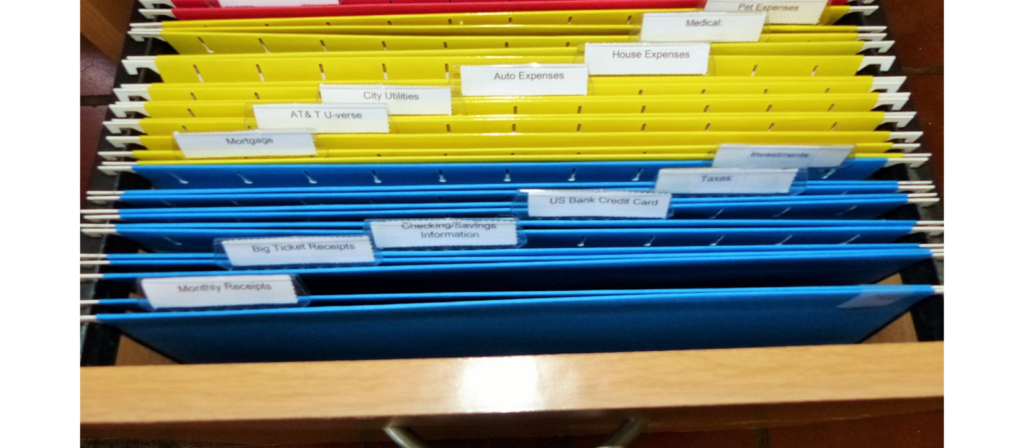
Store these folders in labeled vertical file holders or drawers near your workspace for quick access. This system supports seamless lesson transitions, reduces paper clutter, and helps you avoid the morning panic of lost handouts. A robust folder system is vital in maintaining classroom organization daily in early learning classrooms, where schedules are tight and transitions are frequent.
3. Each student is assigned a work box
One of the most effective classroom organization ideas is assigning each student a personal work bin. These bins are private storage spaces for ongoing projects, journals, art activities, and literacy materials. Label each bin clearly with student names or photos, and arrange them neatly on open shelving for easy visibility and access.

In preschool and early learning classrooms, this promotes student independence. Children learn to take responsibility for their materials, which supports their executive functioning and builds strong classroom habits. More importantly, having dedicated student bins helps maintain classroom organization by reducing loose papers and misplaced work.
4. Using a whiteboard magnetic pen
The whiteboard is a central teaching hub, especially in early learning environments. But a messy board area can derail even the most well-planned lesson. Using magnetic marker containers is a simple yet powerful classroom organization solution. Attach containers to your whiteboard to hold dry-erase markers, erasers, and magnetic letters or shapes.
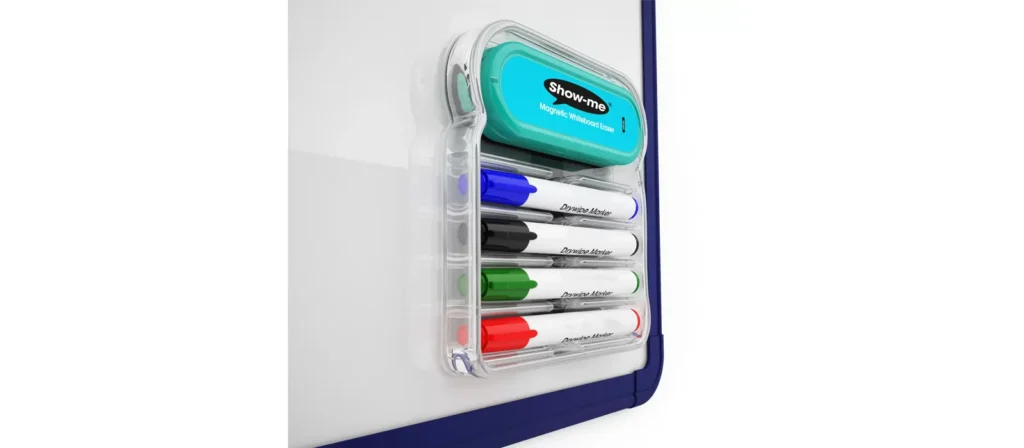
This keeps everything within arm’s reach and reduces time lost searching for supplies. It also models organized behavior for students; when they see that materials have a place and purpose, they’re more likely to follow your lead. Clean board areas support focus and indicate effective classroom organization at work.
5. Book classification box
Classroom organization isn’t limited to where supplies go; it also includes how we manage learning zones. Nowhere is this more important than the classroom library. A cluttered book area can overwhelm young readers, while an organized library invites exploration. Use labeled bins sorted by genre, theme, or reading level. For non-readers, include images or icons on each label.

Arrange the bins on low shelves so that students can access them independently. A clear library structure encourages care and responsibility, both key components of classroom organization. It also helps you quickly assess which books are being used, which need replacing, and how to rotate materials based on student interest.
6. Shared supplies station
Shared supplies often become a source of clutter, especially in classrooms with group seating. Use desktop caddies at each table to hold the essentials: pencils, glue sticks, crayons, and scissors. Label each section clearly and restock at the end of each day or week.
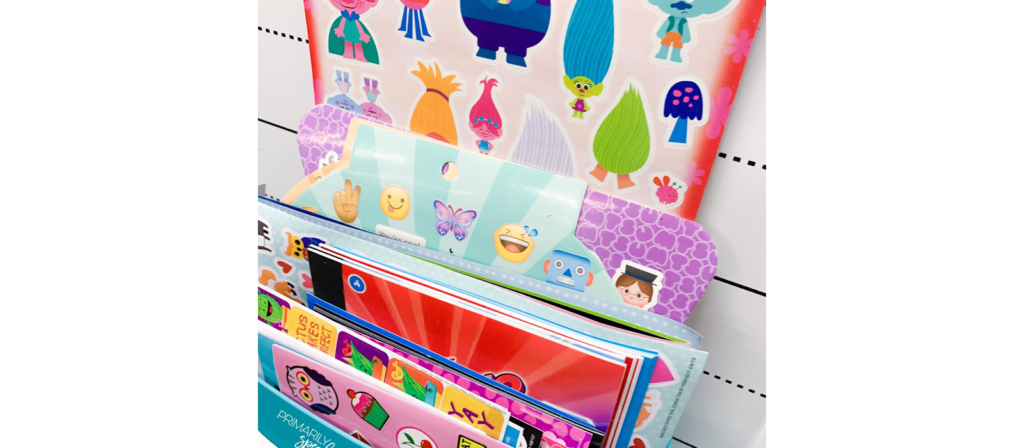
This approach reduces traffic to the supply shelf and minimizes disruption during lessons. Classroom organization improves significantly when students know exactly where materials are—and where they go afterward. This strategy is particularly effective in preschool classrooms where students learn routines and develop self-regulation skills.
7. Teacher Command Center Setup
This approach reduces traffic to the supply shelf and minimizes disruption during lessons. Classroom organization improves significantly when students know exactly where materials are and where they go afterward. This strategy is particularly effective in preschool classrooms where students learn routines and develop self-regulation skills.
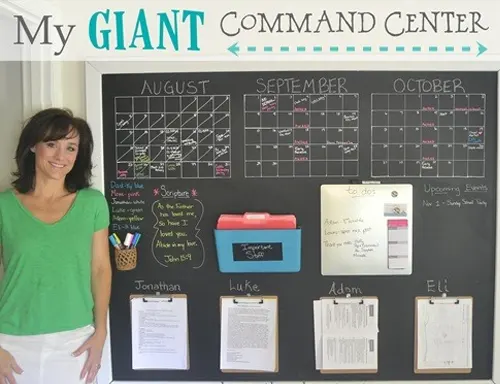
Use labeled binders, vertical file holders, and a set of drawers to keep teaching units, evaluation forms, substitute plans, and reference materials categorized and within arm’s reach. Place your station somewhere quiet yet accessible, perhaps next to your desk or near the entrance.
When your planning hub is streamlined, you spend less time hunting for materials and more time focusing on teaching. It’s not just about storage; it’s about clarity, efficiency, and reducing mental clutter.
8. Portable Planning Caddy for On-the-Go Teaching
Preschool teachers are rarely at their desks. Your materials must move with you, whether transitioning between centers, managing toileting, or leading outdoor activities. That’s where a mobile planning caddy makes all the difference.
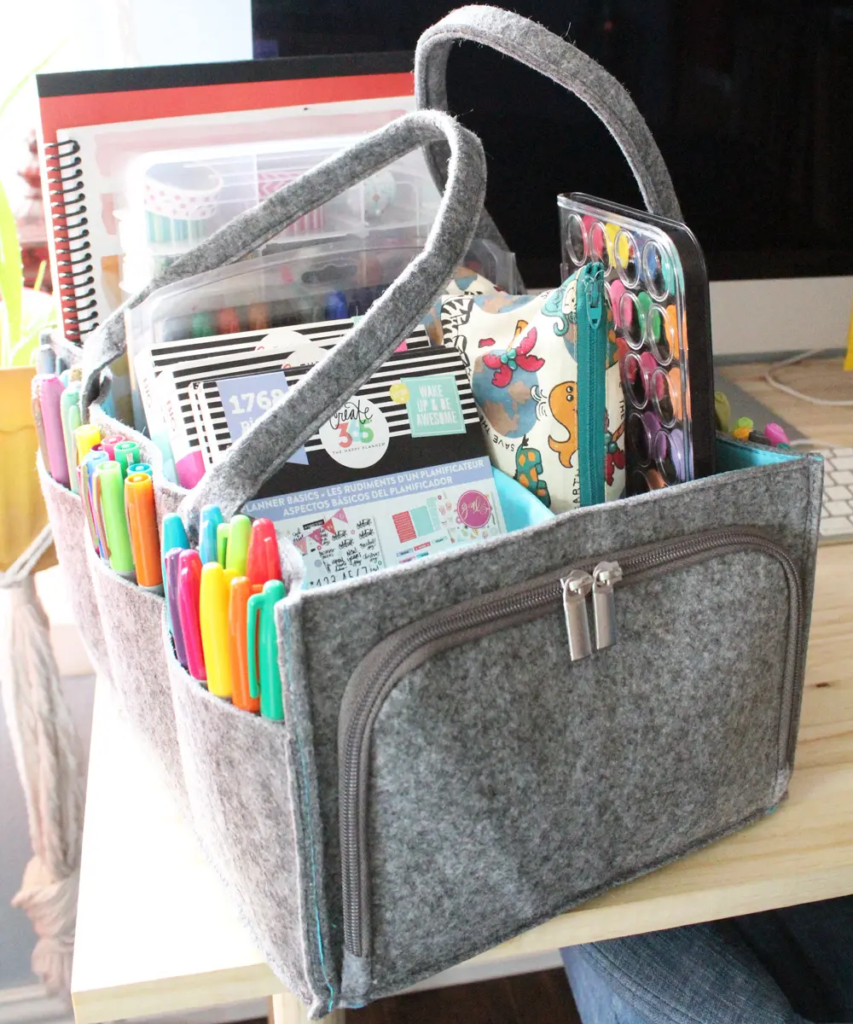
Create a portable teaching kit using a lightweight plastic crate, rolling cart, or canvas tote. Divide the contents into folders or pouches labeled for lesson plans, assessments, emergency activities, classroom management tools, and quick reference guides. Keep your go-to supplies—like pens, stickers, and behavior charts—inside.
This mobile system empowers you, your assistants, and substitute teachers, who can quickly get up to speed on the day’s flow. Best of all, it keeps your main teaching area uncluttered and flexible.
9. DIY Classroom Medical Kit for Minor Mishaps
Every preschool classroom has its share of scraped knees, tiny splinters, and unexpected sneezes. Instead of sending students to the nurse for every little incident, a well-organized DIY medical kit allows you to handle minor issues quickly and calmly without disrupting the flow of your day.
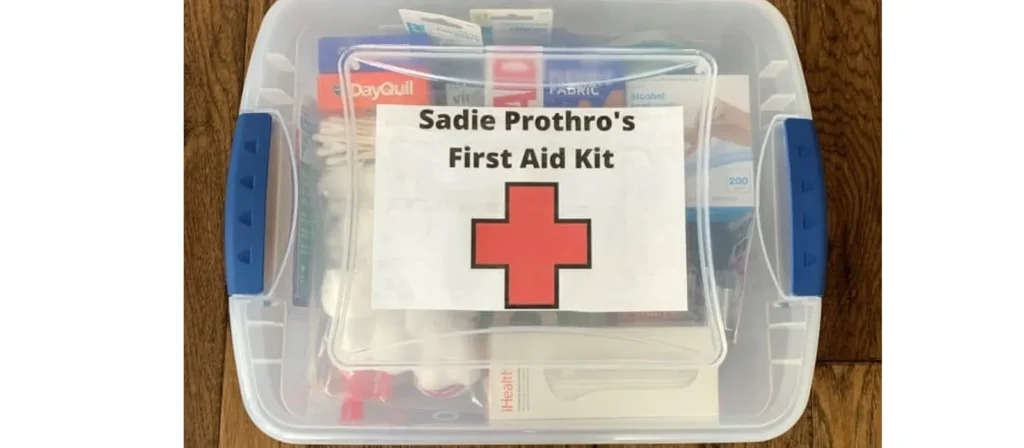
Create your classroom first-aid kit to match your room’s aesthetic. Use a small storage box, paint it, decorate it with stickers, or use printable templates to label it clearly. Inside, stock only the essentials: assorted bandages, tissues, tweezers, thermometer, hand sanitizer, distilled water, and anything else your school policy permits.
10. Centralized Supply Station for Preschool
Instead of spreading supplies across the room, set up a centralized supply station for shared materials. Store glue, scissors, construction paper, and markers in clear bins with picture and word labels. This station should be easily accessible but structured to avoid crowding.
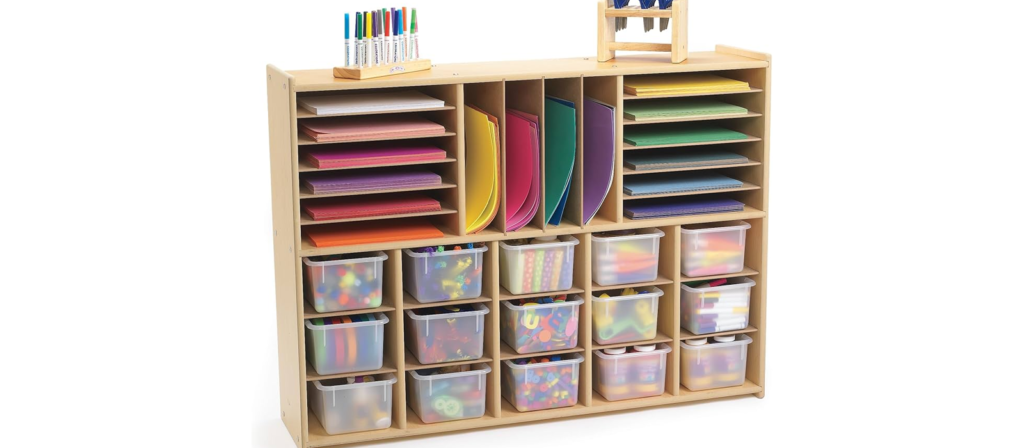
A central hub reduces redundancy, saves space, and becomes a reliable part of classroom routines. As students learn to use the supply station responsibly, you’ll notice decreased lost items and a significant boost in overall classroom organization.
11. Student Mailbox System
A student mailbox system is one of the most effective ways to enhance daily classroom organization. Assign each child a slot, folder, or vertical file where they receive notes, artwork, homework, or take-home papers. Place it near the entrance to facilitate easy pickup during arrival and dismissal.
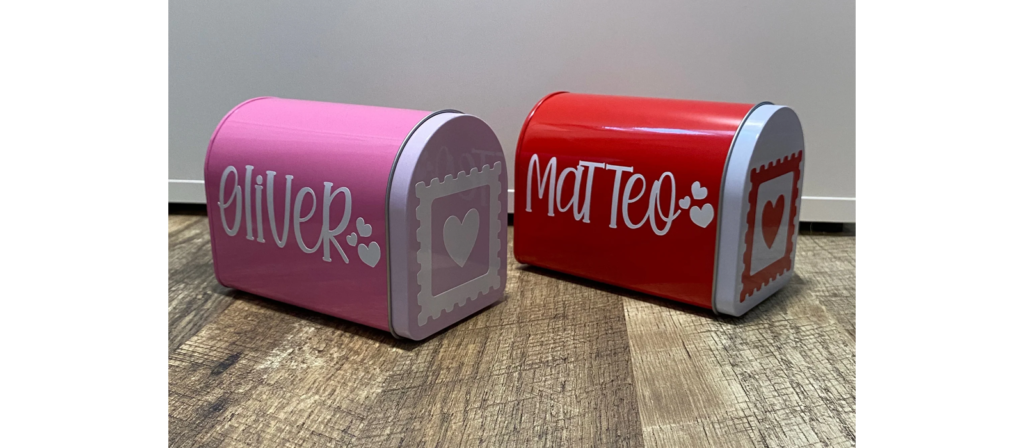
This system reduces misplaced papers, creates structure in daily routines, and minimizes the amount of paper stacked on your desk. It also allows students to take ownership of their communication with home, even in preschool settings. When used consistently, a mailbox system becomes a pillar of strong classroom organization—every paper has a place, and nothing gets lost in the shuffle.
12. Flexible and Rotating Word Wall
A permanent, overcrowded word wall can quickly become visual noise. A rotating word wall, on the other hand, supports both language development and effective classroom organization. Use Velcro, magnets, pocket charts, or even wall shelves for classroom use to allow weekly or unit-based word updates. Words should reflect what students are currently learning—seasonal terms, phonics patterns, or thematic vocabulary.
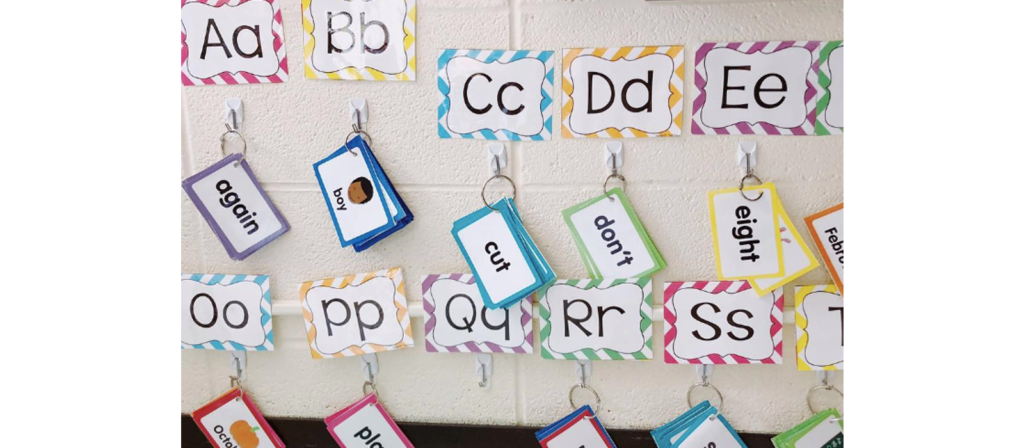
This keeps the classroom visually calm and focused while still providing essential reference tools. Organized word walls promote literacy without overwhelming students. Most importantly, they’re easily managed and fit seamlessly into a well-organized learning space.
13. Preschool Library Checkout System
Set up a simple book registration form or loan bag system so children can “borrow” books to read at home, cultivating a sense of responsibility and reading habits.

Teaching students to sign books in and out builds responsibility, supports classroom organization, and allows you to track which titles are popular (or missing). By maintaining an organized system, you also extend the life of your books and keep shelves neat and inviting.
To support these systems, we offer a range of preschool library bookshelves designed for function and accessibility. Our models include:
- Front-facing display bookcases for easy book selection and visual engagement.
- Low open-shelf designs that promote independent browsing and safe access for toddlers and preschoolers.
- Book storage units with labeled compartments are perfect for organizing books by theme, level, or genre.



All units are made from durable, child-safe materials and sized appropriately for early learners. Whether you’re organizing a small reading nook or a whole classroom library, our shelving solutions support visual order and student independence.
14. Vertical Storage for Art Supplies
Classroom organization in preschool and early grades often depends on how you manage art materials. Instead of spreading supplies across multiple shelves, use a vertical tower of drawers or clear bins. Each level can house a different category—paint, crayons, glue, stickers, brushes—making it easier for students and teachers to find what they need.
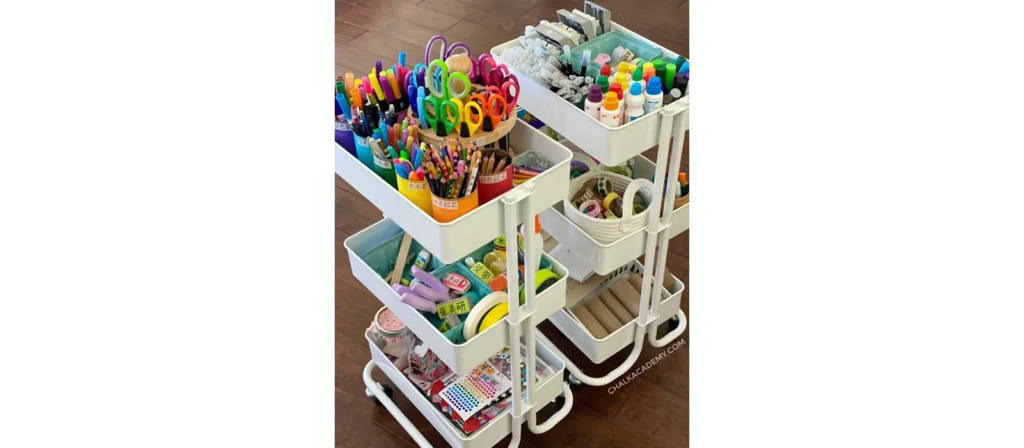
Label each drawer with words and images so students know where to return materials. Vertical storage saves table space, reinforces good organizational habits, and supports smoother transitions between activities.
15. Behavior Management Clip Chart
While behavior charts must be used thoughtfully, they can support classroom organization when implemented correctly. Use a vertical clip chart or magnetic behavior board that clearly shows classroom expectations. Each child’s clip or marker can move throughout the day based on behavioral cues or participation.
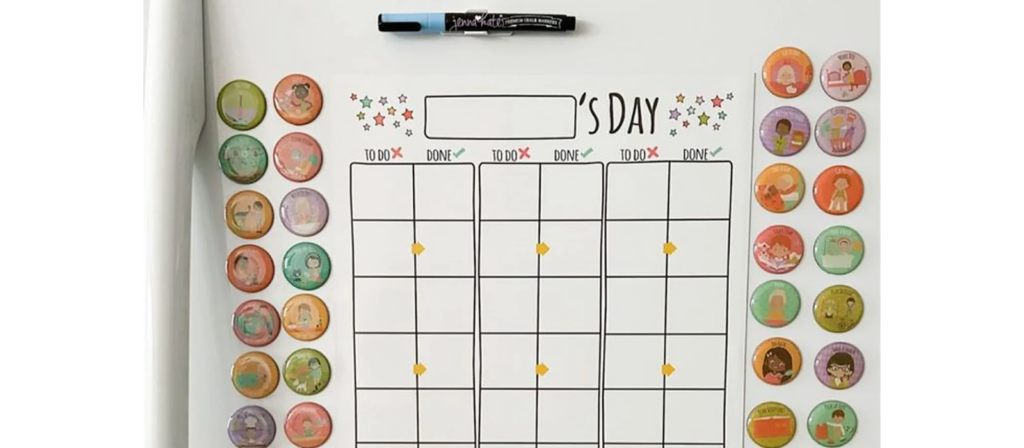
This visual reference reinforces rules and keeps everyone aligned with expectations. More importantly, it reduces verbal reminders and discipline disruptions, helping you focus on learning and maintaining order in the classroom environment.
16. Organized Student Reward Center
An organized reward station can enhance student motivation and classroom order. Store reward stickers, tags, treasure box items, or certificates on a small shelf, cart, or drawer. Label each container clearly and use visuals to help non-readers identify reward categories.
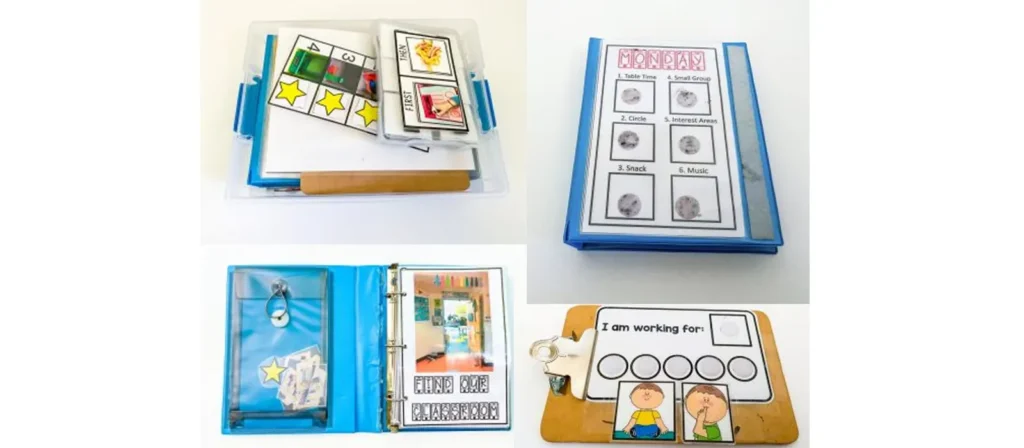
This structure allows students to understand and approach the reward system with respect. When everything is stored neatly and visibly, you reduce interruptions and save time. More importantly, you reinforce that fun and praise operate within an organized system.
17. Weekly Teacher Planning Board
Installing a small planning whiteboard in your teacher’s area helps with personal classroom organization and transparency. Use it to outline the week’s objectives, list key reminders, or assign rotating student jobs. A glanceable reference like this reduces forgetfulness and provides structure to your workflow.

Additionally, sharing this board with co-teachers or assistants ensures everyone is aligned. Classroom organization starts with teacher clarity, and this tool makes it visible, actionable, and adaptable.
18. Learning Center Rotation Chart
Learning centers are a staple in early childhood classrooms, but can quickly become chaotic without a clear structure. A center rotation board organizes who goes where, when, and with whom. Use icons or student names on Velcro/magnetic pieces to guide rotation times.

This supports smooth transitions, reduces arguments, and gives students a visual cue of the day’s flow. It also allows for better pacing, especially in Montessori or Reggio environments that value child-led but structured activity time. A rotation board is one of the most powerful tools for managing movement and maintaining classroom organization.
19. Organized Technology Station
As classrooms evolve, technology is no longer a luxury—it’s a daily essential. But without an organized system, devices like tablets, headphones, charging cables, or presentation remotes can quickly become tangled chaos. Creating a dedicated Tech Hub Station is necessary for any modern classroom organization strategy.
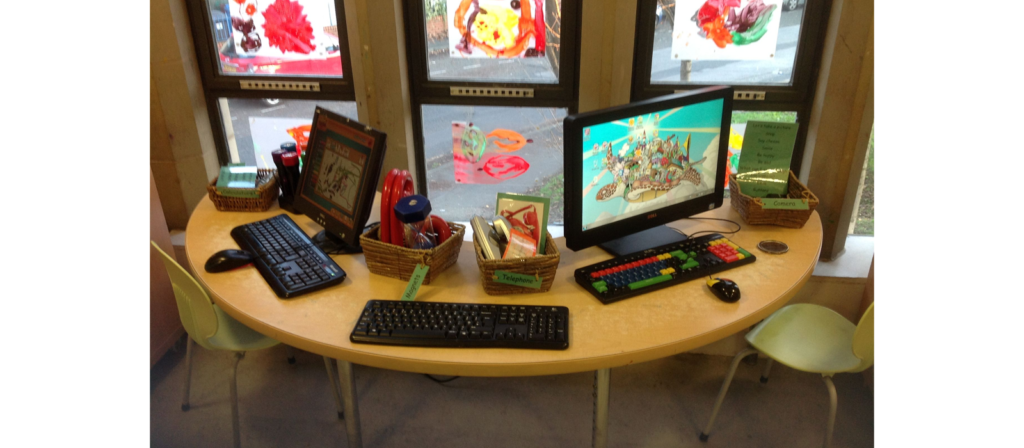
Choose a compact shelving unit or mobile cart to centralize all your technology-related tools. Use labeled bins or drawers for tablets, headsets, keyboards, and chargers. Add a multi-port charging station or surge-protected power strip to keep everything powered and ready. Each student’s device can be assigned a number or name label, simplifying access and responsibility tracking.
20. Multi-Purpose Teaching Cart
Flexibility is key in preschool classrooms where spaces are often shared or reconfigured. A rolling cart allows you to take your materials—books, games, supplies, assessments—wherever needed. Include drawers or bins for quick sorting and label each section by purpose.
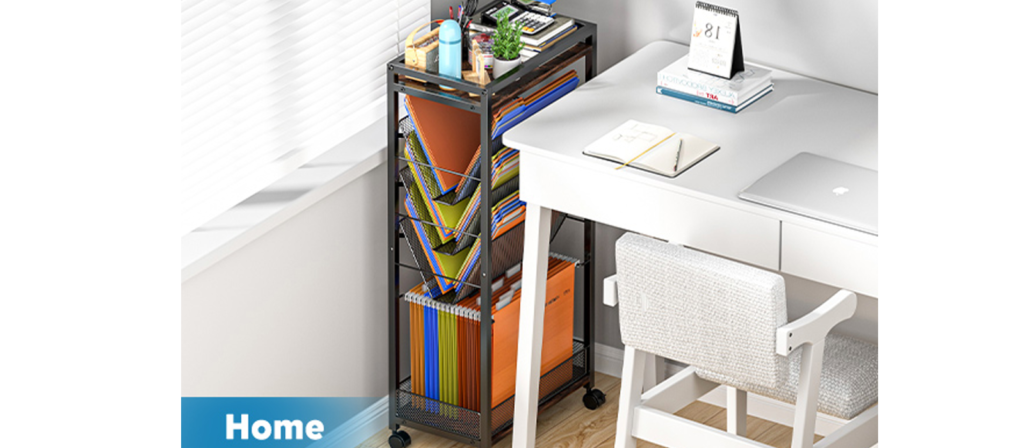
This mobile classroom organization method is beneficial during small group work, push-in support services, or co-teaching models. It turns any part of the classroom into a teaching station while reducing setup time and preventing “lost materials” between transitions.
21. Monthly Supply Refill Station
No classroom organization system is complete without regular maintenance. Set up a simple checklist or bin for items that run out quickly—glue sticks, tissues, paper, markers. Do a supply sweep at the end of each month and restock accordingly.
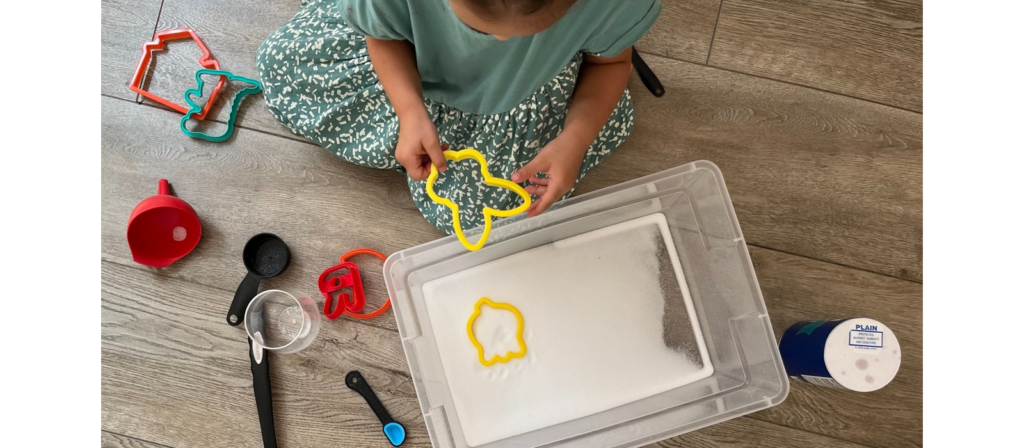
This proactive method prevents last-minute scrambles during activities. It also teaches students about resource awareness when they help check or refill supplies. Maintaining organization isn’t a one-time task—it’s a rhythm, and this system keeps it going smoothly.
22. Consistent Labeling with a Label Maker
Invest in a label maker to unify the look and clarity of your labels. Classroom organization improves when materials, drawers, bins, and folders follow a clear, readable labeling system. For younger students, include both text and visuals.
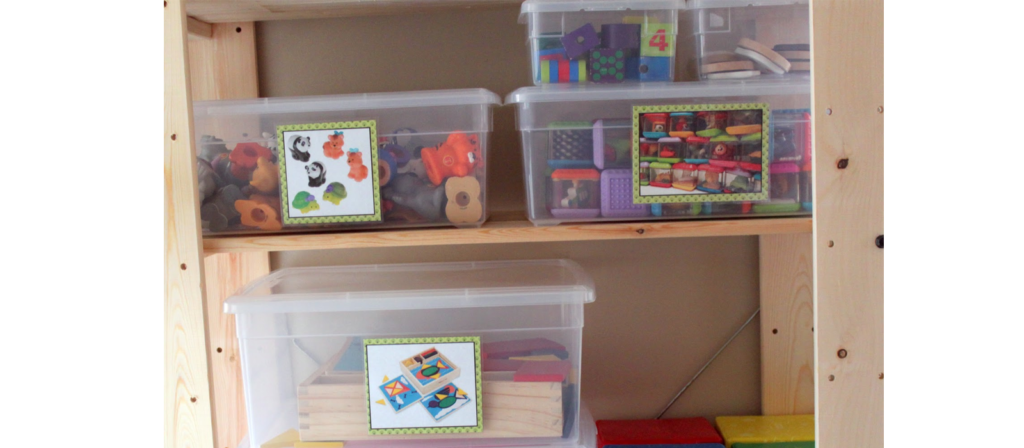
Having everything labeled consistently supports better student behavior, faster cleanup, and more efficient teacher prep. A visually coherent room also has a calming psychological effect, making it easier for children to focus.
23. Wall-Mounted Pocket Chart Systems
Pocket charts are a brilliant way to save space and boost classroom organization. Hang them near the board, library, or writing center to store word cards, vocabulary strips, name tags, or behavior tokens. Because they’re mounted on the wall, they don’t clutter table or shelf space.
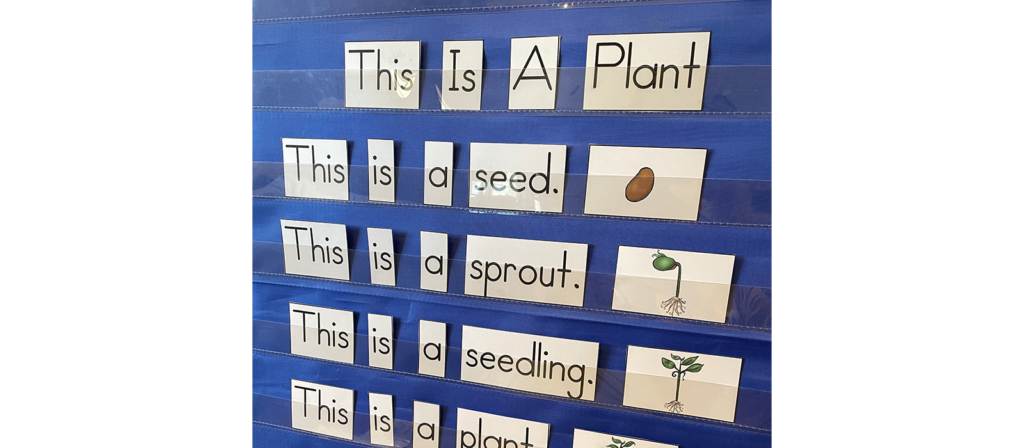
Rotate chart contents frequently to match the week’s focus. This strategy creates a functional, flexible classroom area that’s easy to update and stays tidy.
24. Student Job Responsibility Chart
Empower students to contribute to classroom organization by assigning roles like Line Leader, Paper Passer, Table Cleaner, and Technology Helper. Post a job chart with names and visuals so everyone knows their responsibilities. Rotate jobs weekly to encourage engagement and shared ownership of the space.
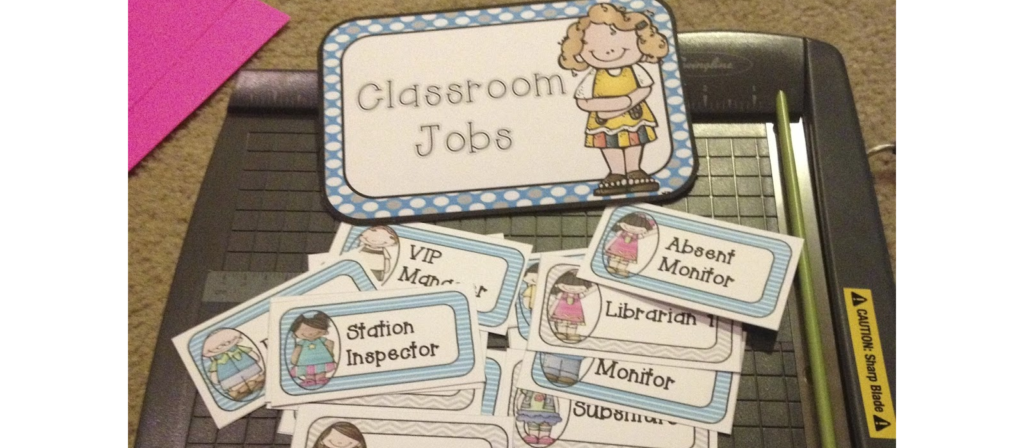
When children participate in maintaining order, the organization’s culture becomes collective. This instills pride, accountability, and a deeper connection to their learning environment.
The Essential Gear to Use to Keep Your Classroom Organized
A well-organized classroom depends on having the right tools. The following gear supports daily routines, reduces clutter, and creates an efficient, structured learning environment. These items are especially helpful in preschool and early childhood classrooms where clear systems are key to student success.
- Clear plastic storage bins
- Rolling storage cart
- Desktop supply caddies
- Magnetic marker holders
- Five-day drawer organizer
- Classroom mailboxes
- Label maker
- Pocket charts
- Book baskets
- File folder organizer
- Tech charging station
- Student work bins
- Art supply tower
- Headphone hooks or mounts
- Reward tag and sticker drawers
- Whiteboard calendar
- Word wall card storage box
- Clipboard organizer
- Hanging wall pockets
- Classroom job chart
- Visual schedule chart
- Dry erase sleeves
- Teacher toolbox organizer
- Sticky note dispenser
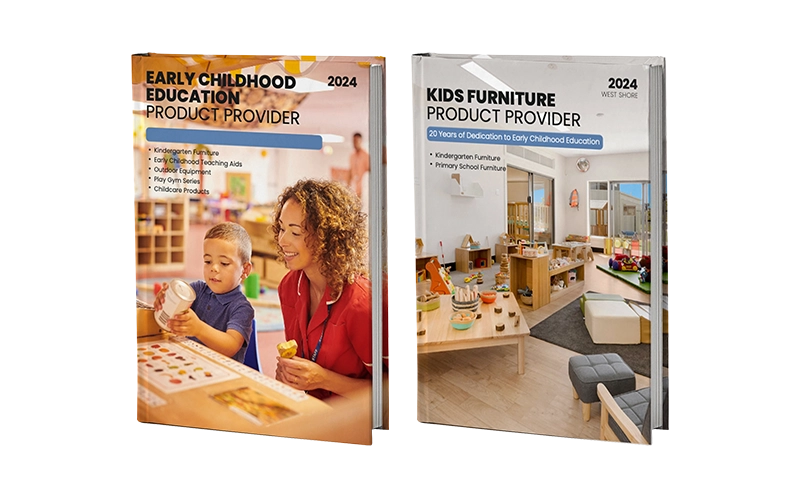
8 Practical Tips for Better Classroom Organization
Effective classroom organization isn’t just about neat shelves or tidy desks—it’s about creating a space that supports student focus, efficient transitions, and a productive teaching environment. Below are 8 practical strategies to help you organize your classroom and keep it that way.
1. Teach the Value of Staying Organized
A well-organized classroom begins with student participation. Please encourage students to keep their desks tidy and return materials to their proper places. Demonstrate by modeling the behavior—clear your desk at the end of each day. Assign roles such as librarian, board cleaner, or supply monitor to give students responsibility and pride in maintaining classroom organization.
2. Design for Smart Traffic Flow
The layout of your classroom affects how students interact with the space. Use low bookcases or file cabinets to define zones and reduce distractions. Ensure key areas, like group tables or technology stations, have clear pathways. A U-shaped desk arrangement can improve visibility and reduce congestion, enhancing overall organization in the classroom.
3. Create Task-Specific Zones
Designing well-defined learning zones allows students to transition smoothly between activities while reinforcing classroom organization and autonomy. Below are three essential task-specific areas and how to organize them effectively:
Coin lecture
Use low shelves and labeled book bins sorted by theme or reading level. Add soft seating and a return basket to encourage responsibility. Keep the layout open and accessible for independent use.
Math Station
Store manipulatives in clear, labeled containers. Include laminated task cards and mini whiteboards for practice. Keep items grouped by activity type to support focused, hands-on learning.
Centre d'art
Organize materials—paper, glue, crayons—using labeled drawers or caddies. Post simple visual instructions and provide a drying area. Limit the number of users to maintain order and reduce mess.
4. Add Strategic Storage Around the Room
Distribute storage solutions throughout the classroom to avoid clutter build-up in one area. Use labeled bins, caddies, and drawers for different supplies. Frequently used items should be within easy reach, while seasonal or subject-specific materials can be stored away. This layered approach to storage is key to maintaining a well-organized classroom.
5. Maximize the Use of Bulletin Boards
Creativity bulletin board does more than decorate—they’re powerful tools for classroom organization. Use them for:
- Daily schedules and classroom rules
- Student work displays using clothespins or clipboards
- Rotating educational content, like themed vocabulary or math puzzles
- Interactive elements such as guessing games or goal trackers
A well-curated bulletin board reinforces structure and enhances visual learning.
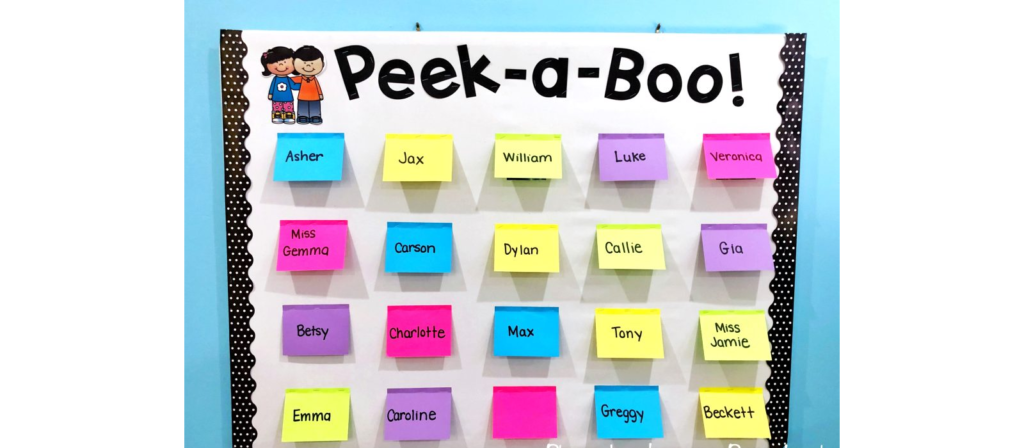
6. Centralized Shared Supplies
Keep items like pencils, scissors, markers, and glue sticks in one clearly labeled, accessible location. A tray filled with cups or containers for each supply type keeps the area tidy and intuitive. This simple solution promotes independent student use and avoids time wasted searching for materials.
7. Implement a Borrowing System
Prevent lost resources with a structured method for tracking borrowed items such as books or tablets. Whether a paper sign-out sheet or a digital form, a check-in/check-out system supports accountability and overall classroom material organization.
8. Set a Regular Cleanup Routine
Without daily or weekly tidying, even the best organization systems fall apart. Build cleanup into your class schedule—five minutes daily makes a big difference. Assign light duties to students and store cleaning materials on a mobile cart for easy access. Reinforce cleanup efforts with praise or small incentives to build good habits.
By integrating these strategies into your routine, classroom organization becomes not only manageable but also sustainable. A clean, well-organized space improves efficiency and fosters a more positive and focused learning environment for you and your students.
Digital Tools for Classroom Management
Digital tools can enhance classroom organization by streamlining tasks, improving communication, and reducing manual workload. However, selecting the right tools requires intentionality—they should simplify classroom routines, not complicate them.
Start by identifying recurring pain points such as late homework, inconsistent communication, disorganized lesson plans, or inefficient behavior tracking. Then match these needs with digital solutions that offer clarity and ease of use.
An effective digital organization system should:
- Centralize schedules, assignments, and announcements.
- Minimize physical clutter by digitizing student work and records.
- Be adaptable to your teaching style and classroom routines.
Popular digital tools for classroom organization and management:
- Google Classroom – Centralized platform for assignments and grading
- ClassDojo – Behavior tracking and real-time parent communication
- Seesaw – Digital student portfolios and documentation
- Remind – Direct messaging tool for teachers and families
- Trello – Visual task boards for lesson planning
- Canva for Education – Templates for visuals, schedules, and posters
- Flip – Video-based student reflections and discussions
- Kahoot! – Engaging assessments and attendance tracking
- Padlet – Collaborative idea boards
- Notion – A Comprehensive platform for organizing lesson plans and notes
Choose tools based on your comfort level and classroom needs. They enhance classroom organization, reduce teacher workload, and promote student accountability when used strategically.

Classroom Organization for Different Ages
Organizational strategies must align with the developmental stages of your students. As children grow, their physical, cognitive, and social needs evolve—and so should your classroom setup. Below is a comparative guide for age-specific organizations:
| Groupe d'âge | Key Needs | Recommended Organizational Strategies |
|---|---|---|
| Toddlers (1–3) | Safety, simplicity, routine | Use soft-edged furniture, open shelving, visual labels with images, and limit item choices. |
| Preschool (3–4) | Independence, exploration | Introduce defined learning zones, low trays for self-service, and routine-based cues for cleanup. |
| Pre-K (4–5) | Responsibility, social learning | Use job charts, color-coded bins, flexible seating, and student-managed material stations. |
| Kindergarten (5–6) | Structure, curiosity, autonomy | Incorporate visual schedules, rotating materials, and mobile supply carts for small group activities. |
| Elementary (6–10) | Growing independence, clear structure | Assign classroom jobs, organize subject zones, and use labeled containers and visual task charts. |
| Middle School | Time management, self-regulation | Provide personal planners, lockers or bins, and reinforce routines that build independent organization. |
Tailoring classroom organization to age-appropriate needs improves functionality and enhances student engagement and ownership.
Prêt à concevoir un espace propice à l'apprentissage ? Contactez-nous pour créer des solutions de mobilier sur mesure, adaptées aux besoins de votre classe.
Evaluate and Adjust Your Classroom Organization Strategy
Classroom organization isn’t static. Regularly evaluate your systems to ensure they remain practical and relevant. Conduct monthly check-ins: Are materials going unused? Are supplies often misplaced? What parts of the routine are creating friction?
Use brief student surveys, sticky note feedback walls, or suggestion boxes to gather insights. Observe classroom flow and adjust seating, storage, or cleanup routines as needed. Involving students in these evaluations improves systems and strengthens their sense of ownership and responsibility in maintaining classroom organization.
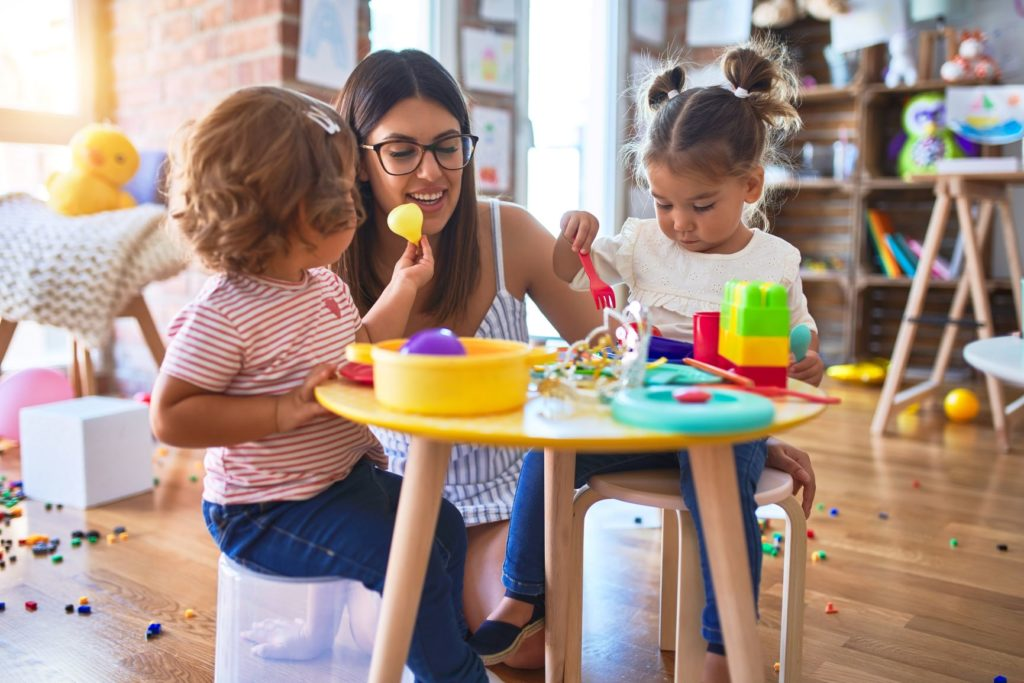
FAQ
Q: How can I organize my classroom library effectively?
UN: Sort books by genre, theme, or reading level, and use labeled bins placed on low shelves for easy student access. A well-organized library supports classroom organization by encouraging independent use and responsible materials handling.
Q: How do I build custom classroom storage cabinets?
UN: Start by assessing your storage needs—paper, art supplies, manipulatives—and choose dimensions that fit your space. Use durable materials and include adjustable shelving. Well-designed cabinets can streamline classroom organization and reduce visual clutter.
Q: How do I maintain classroom organization throughout the school year?
UN: Set a regular cleanup schedule, restock supplies monthly, and involve students in daily organization tasks. Ongoing maintenance ensures that your classroom organization system stays functional and sustainable.
Q: Why is student involvement significant in classroom organization?
UN: Students develop ownership and responsibility when they help manage supplies and tidy their spaces. Involving them reinforces classroom routines and makes classroom organization efforts more effective and lasting.
Conclusion
Effective classroom organization creates smoother routines, clearer expectations, and a more focused learning environment. With the right systems—like work bins, drawer setups, and shared supply stations—teachers can reduce clutter and help students build independence from day one.
Behind every organized classroom is the proper setup. High-quality, purpose-built furniture makes it easier to implement these strategies. That’s why many early education centers work with trusted manufacturers like Meubles West Shore, whose designs support the real-world needs of preschool classrooms.
An innovative organization doesn’t just tidy up a space—it transforms how it functions. Start small, stay consistent, and let structure work in your favor.
Most Viewed Posts
- 18 thèmes créatifs pour la classe préscolaire afin de stimuler l'imagination
- Transformez votre espace : 10 idées créatives de décoration de salle de classe qui inspirent l'apprentissage
- 30 activités scientifiques amusantes et faciles pour les enfants d’âge préscolaire qui éveillent la curiosité !
- 36 idées créatives de tableaux d'affichage pour inspirer votre classe préscolaire
- Liste de fournitures préscolaires : articles essentiels pour votre classe de maternelle





